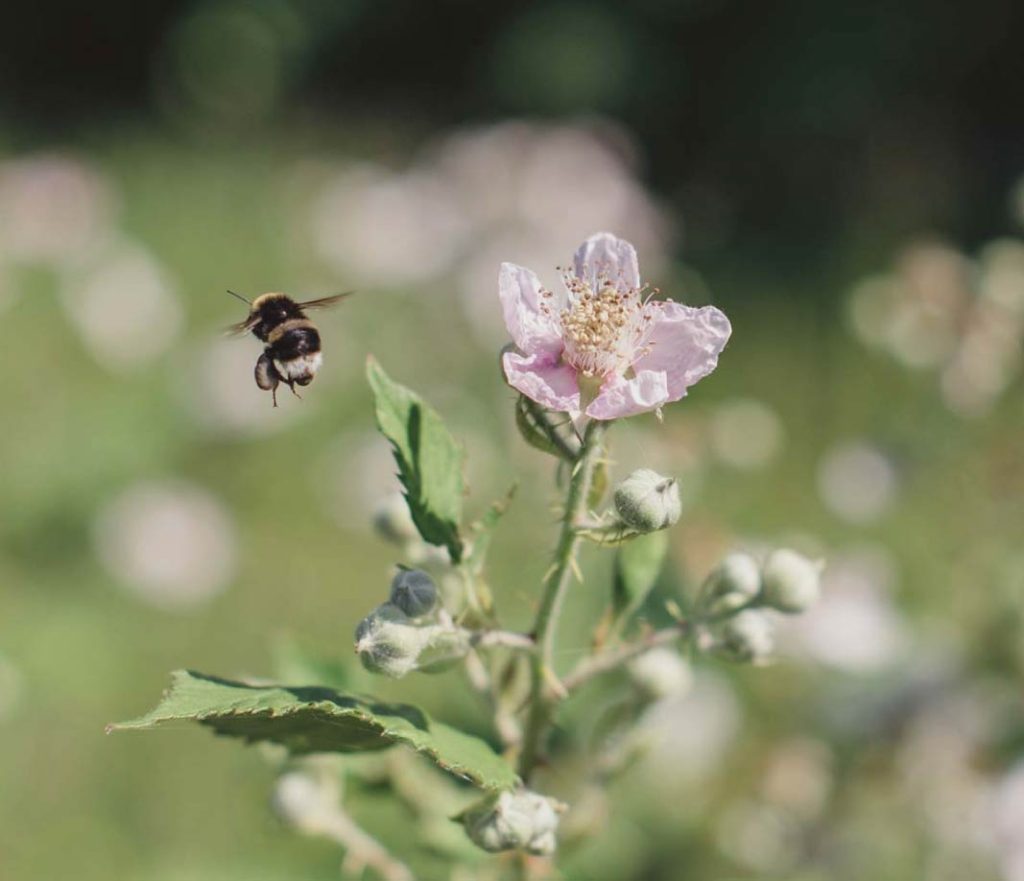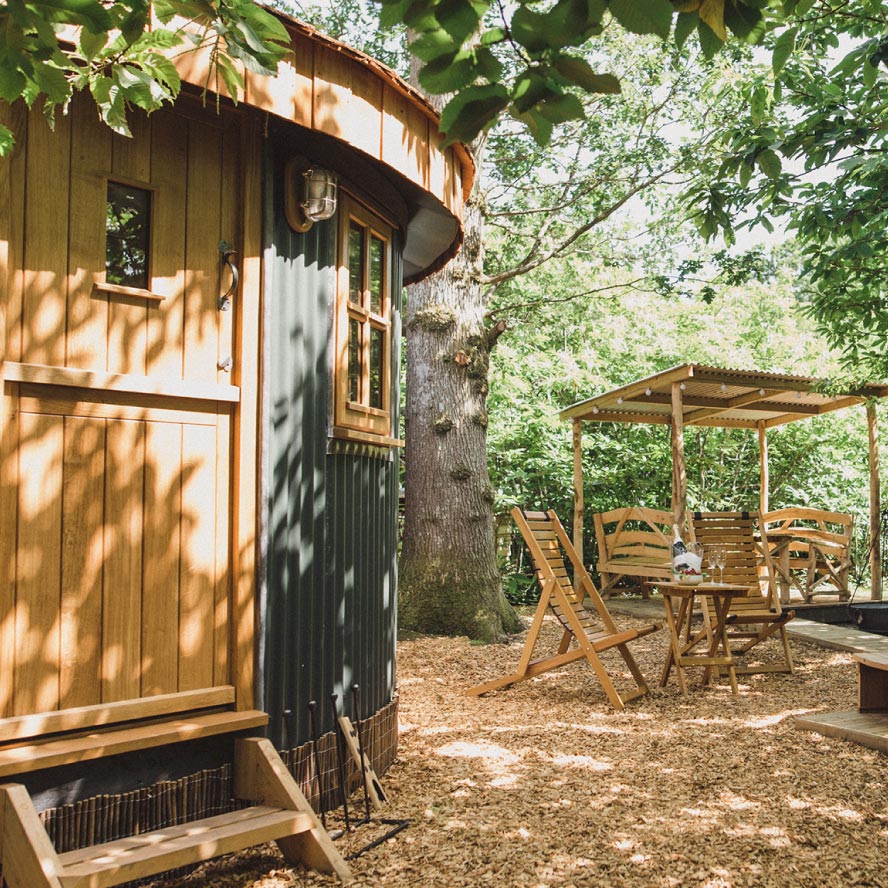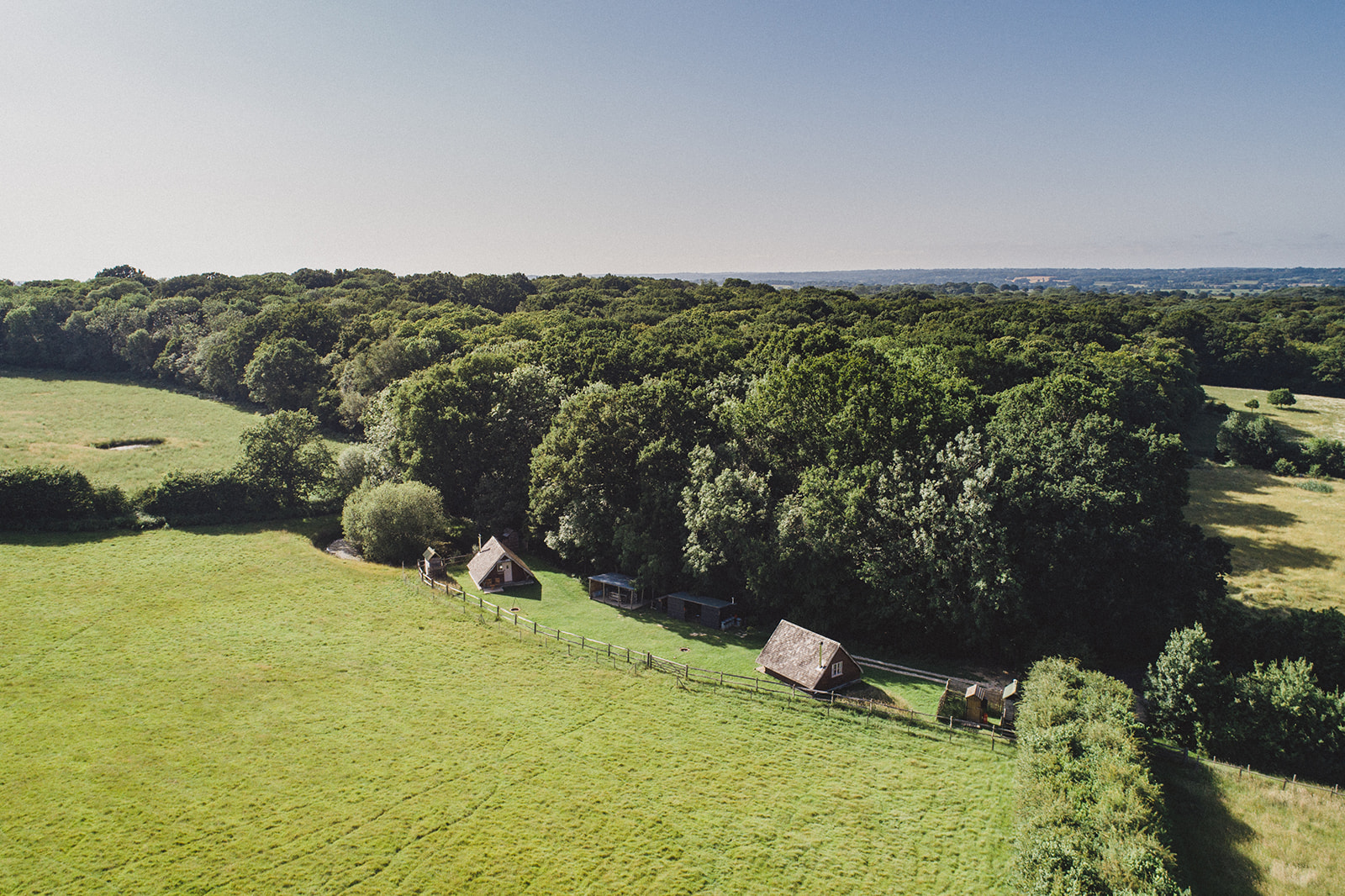June is peak wildflower month on the farm – the meadows are fully in bloom and look spectacular. If you’ve not visited during wildflower season before – you’re missing a treat, they really are something very special indeed.
Many of you will already know that our meadows are Christopher’s passion. Our oldest meadows are in The Poor Field and The Pillrags and were first established around 30 years ago. Back then the land had been industrially farmed for decades, the soil was dead, there was no mycorrhizal fungal network below ground and it was full of chemicals from years of pesticide use which needed to be leached out in order to achieve zero fertility and clean soil.
This process took four years. It began with ploughing and was followed with three years of killing the massive weed growth while the soil recovered. Then, and only then, was it seeded with a basic locally provenanced mix of grasses and flowers.
Ten years after establishing the first two meadows they were fairly diverse. Much of what grew there had come in on birds feed and through windblow. While the initial species count was around ten, we achieved about 20. Fast forward to today – and the species count is now over 30 and new species arrive each year.
These two original meadows are now the source of seed for all our other fields which are in varying stages of conversion using a much gentler method which involves covering them with raked hay every autumn, then allowing sheep grazing over winter so the seeds drop and the meadows gradually increase in species. A further meadow is now complete – The Eight Acres. The other meadows need anywhere between another two and six years of spreading to become fully established. In total we have 30 acres either converted or under conversion to wildflower meadow.
Each meadow a very distinct ‘personality’. The soil and ground conditions are slightly different in each so the mix of wildflowers is different. The Poor Field has an abundance of oxeye daisies while the Pillrags is damper and has more meadow buttercup, The Eight Acres has a great deal of Rough Hawkbit – as it is better drained, with more alkaline soil and gets plenty of sunshine. We have orchids throughout all of the meadows – mainly Common Spotted and Heath Spotted Orchids, but this year we’ve also discovered the arrival of the Southern Marsh Orchid and Early Purple Orchid for the first time which is very exciting.
If you stayed at The Longview in the past six weeks you’ll know that a coal tit, we named Margaret, took up residence in the box surrounding the stand pipe making her cosy nest in the sheeps’ wool insulation. Guests were delighted to know she’d hatched six eggs in there and observed her busy days flying in and out to keep her young fed. They successfully fledged last week. Janet – the moorhen on the pond at Meadow Keeper’s Cottage was less successful with her clutch of four babies, moorhens aren’t famous for their parenting skills and sadly we think she only managed to keep one of her young safe from predators. While it’s a great privilege to be in close quarters with some much wildlife and observe it in all it’s beauty it’s also very hard watch how brutal nature can be. Of course it doesn’t help that we give them all names and have to deal with the heartbreak every time one of our favourites goes missing but we’re fully invested and make no apologies! It’s our equivalent of a daily soap opera as we watch the latest happenings in the lives of our feathered friends!
If you follow us on social media you’ll have seen the week by week series of posts I’ve done showing the flowering season of the meadow – it’s fascinating to see them change. We’ve a few weeks left of them being in full bloom and then they will start to fade for another year. We leave our harvest late so that the seed heads all have time to drop and thereby begin the regeneration of the meadow for the next season – but more of that later in the year!
We're on Instagram.
Follow us for the latest updates, stories, reviews and much more.
Awards & Accreditations













